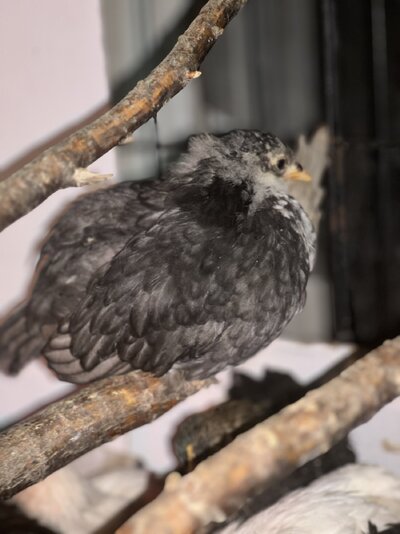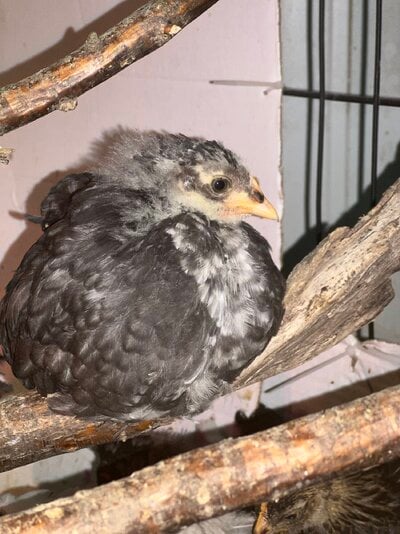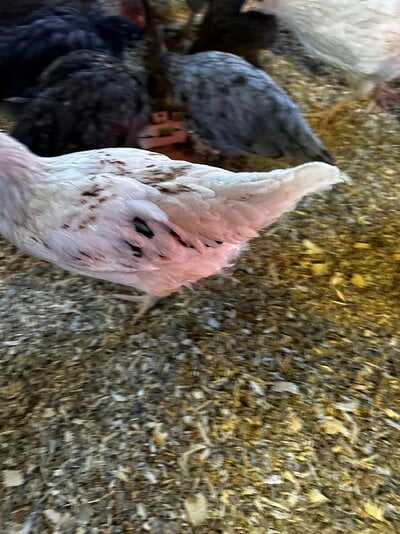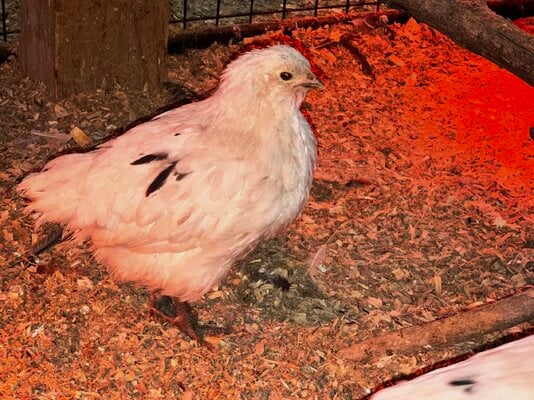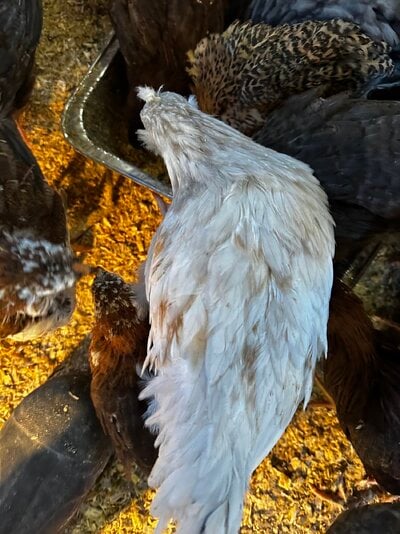Ashleyboz
Songster
- Oct 27, 2023
- 105
- 142
- 106
Ok my world changed changed today with playing with my breeds. I thought I had a mottled Cochin bantam. But from a mix up at the hatchery I either got a Green Queen rooster OR a cookies and cream! HELP!
Now the babies are turning out a lot of blues and from what I see mottling. I know it probably will fade when they get older but honestly will it? They are a month and a half and can definitely tell in the lighter blues. The hens and roosters are first timers for breeding. Does this mean he’s dominant mottling? This should probably be posted in chicken questions for dummies

5 toes, yellow feet, yellow combs
The last pics are of tonight.
Now the babies are turning out a lot of blues and from what I see mottling. I know it probably will fade when they get older but honestly will it? They are a month and a half and can definitely tell in the lighter blues. The hens and roosters are first timers for breeding. Does this mean he’s dominant mottling? This should probably be posted in chicken questions for dummies
5 toes, yellow feet, yellow combs
The last pics are of tonight.
Attachments
-
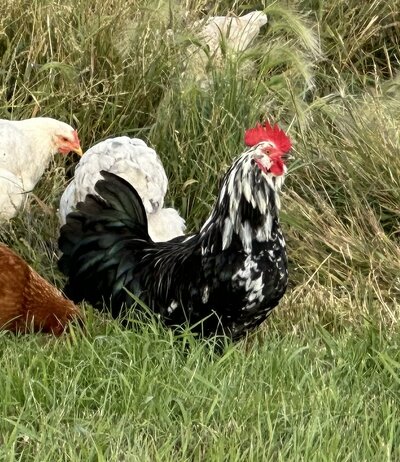 IMG_7875.jpeg547.2 KB · Views: 42
IMG_7875.jpeg547.2 KB · Views: 42 -
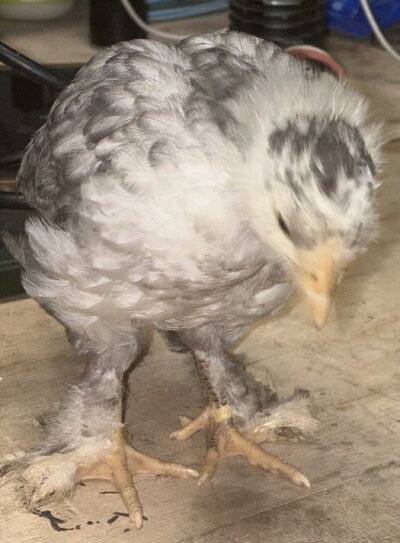 IMG_3416.jpeg429.3 KB · Views: 16
IMG_3416.jpeg429.3 KB · Views: 16 -
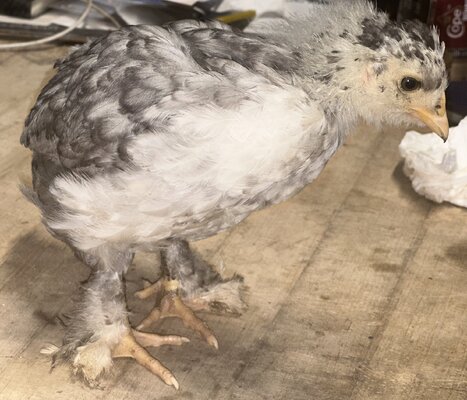 IMG_3415.jpeg580 KB · Views: 10
IMG_3415.jpeg580 KB · Views: 10 -
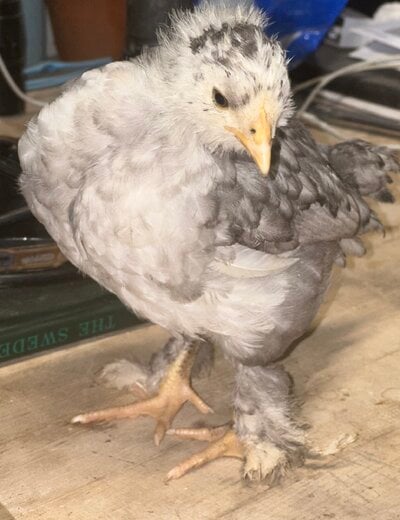 IMG_3419.jpeg431.5 KB · Views: 7
IMG_3419.jpeg431.5 KB · Views: 7 -
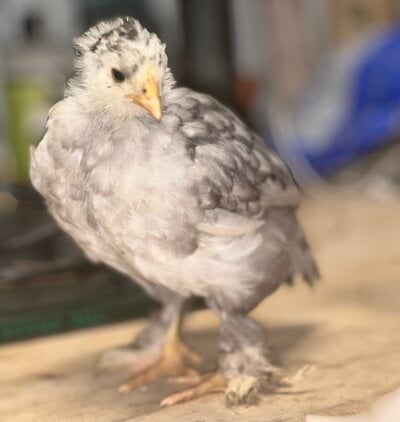 IMG_3413.jpeg233.7 KB · Views: 7
IMG_3413.jpeg233.7 KB · Views: 7 -
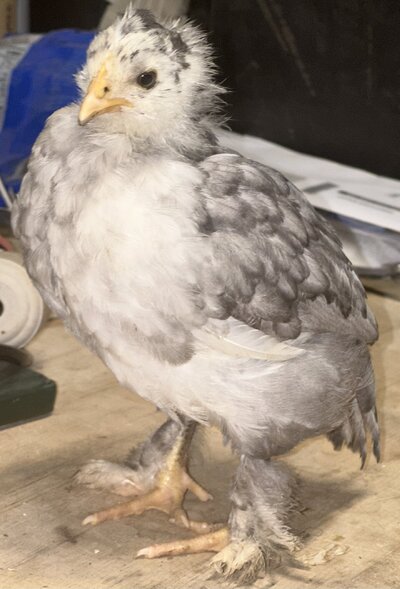 IMG_3411.jpeg377.7 KB · Views: 8
IMG_3411.jpeg377.7 KB · Views: 8 -
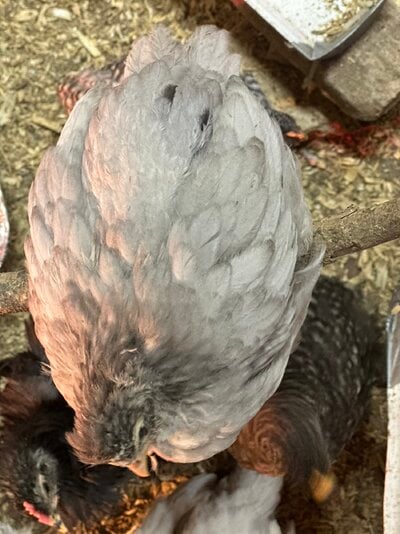 IMG_3404.jpeg532.7 KB · Views: 6
IMG_3404.jpeg532.7 KB · Views: 6 -
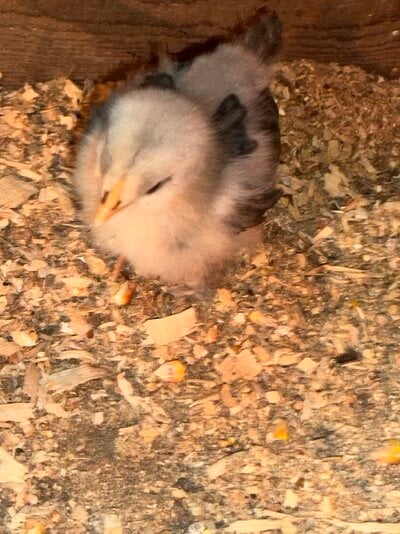 IMG_2308.jpeg515.1 KB · Views: 6
IMG_2308.jpeg515.1 KB · Views: 6 -
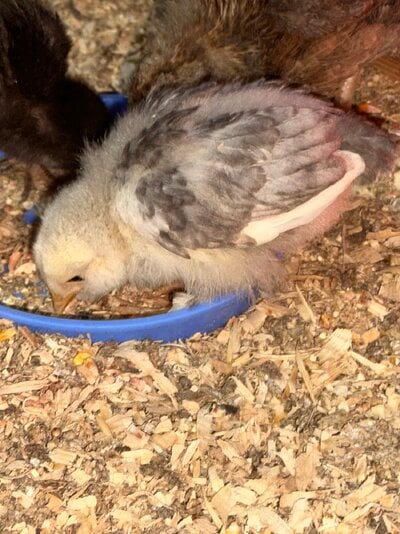 IMG_2307.jpeg496 KB · Views: 7
IMG_2307.jpeg496 KB · Views: 7 -
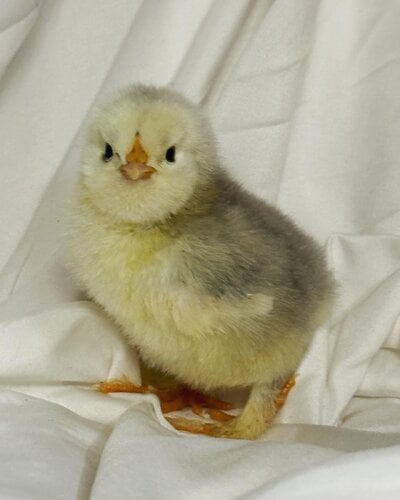 CA58920D-4342-45E3-8FB9-8A01278AA946.jpeg215.3 KB · Views: 7
CA58920D-4342-45E3-8FB9-8A01278AA946.jpeg215.3 KB · Views: 7 -
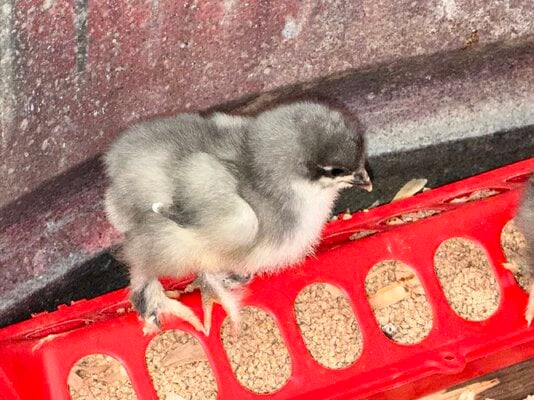 IMG_9574.jpeg599.2 KB · Views: 8
IMG_9574.jpeg599.2 KB · Views: 8 -
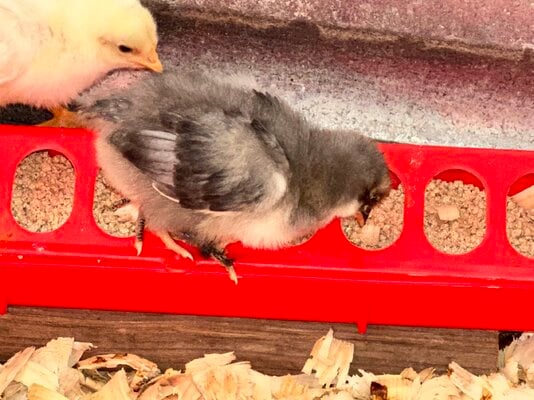 IMG_9557.jpeg489.4 KB · Views: 9
IMG_9557.jpeg489.4 KB · Views: 9 -
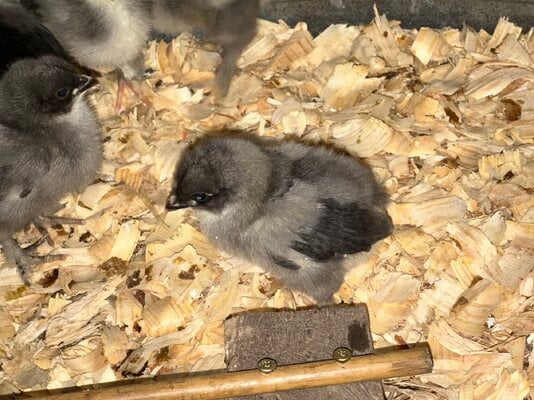 IMG_9507.jpeg585 KB · Views: 7
IMG_9507.jpeg585 KB · Views: 7 -
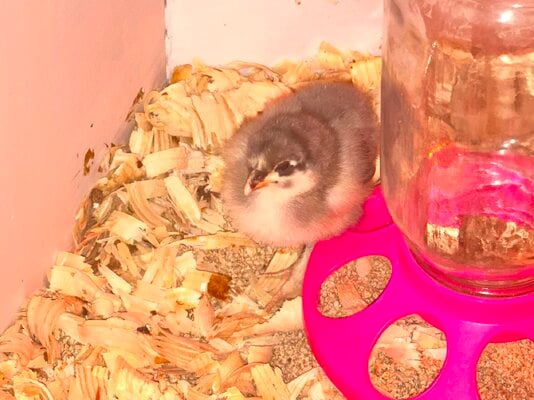 IMG_9394.jpeg422.3 KB · Views: 9
IMG_9394.jpeg422.3 KB · Views: 9
Last edited:




